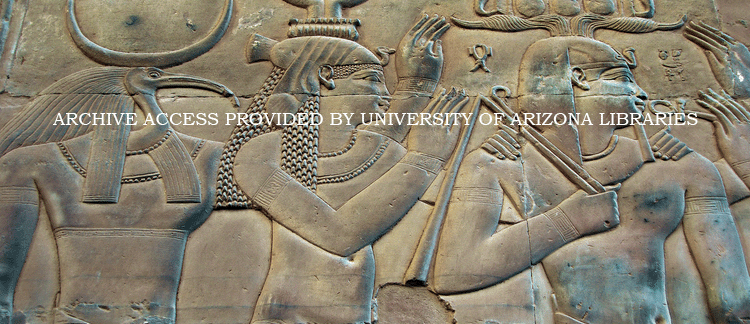Abstract
Following the conquest of Egypt, a pivotal point in his career, Augustus returned to Rome and, other than to avail himself of its economic benefits, historical reports imply that he had little further concern for the country itself and, in contrast to his adoptive father, Julius Caesar, and erstwhile rival for power, Marcus Antonius, was unconcerned with Egypt’s customs or political ideology. Yet the reliability of historical reports seems questionable in the light of Augustus’ use of a particularly symbolic element of Egyptian monumental architecture, the obelisk. Therefore, with emphasis on inferences which may be drawn from the use of obelisks in the ritual landscapes of both Egypt and Rome, together with their supporting texts and iconography, this paper will reconsider the likely extent to which Augustus may have been influenced by pharaonic ideology as, under his direction, the governance of Rome shifted from republic to autocracy.
How to Cite
Gregory, S., (2012) “The Obelisks of Augustus: The Significance of a Symbolic Element of the Architectural Landscape in the Transmission of Ideology from Egypt to Rome”, Journal of Ancient Egyptian Interconnections 4(1), 9-30. doi: https://doi.org/10.2458/azu_jaei_v04i1_gregory
3399
Views
946
Downloads
